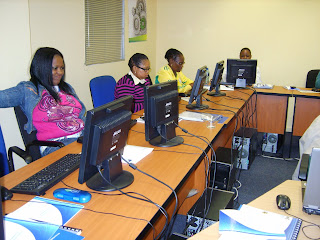Research has demonstrated that the differences in the level of digital literacy depend mainly on age and education level, while the influence of gender is decreasing(Hargittai, 2002; van Dijk, 2005; van Dijk and van Deursen, 2009). Among young people, in particular, digital literacy is high in its operational dimension (e.g. rapidly move through hypertext, familiarity with different kinds of online resources) while the skills to critically evaluate content found online show a deficit (Gui and Argentin, 2011). These communities can have a great literacy impact on the members in terms of sharing and accessing informative materials and resources especially on students, academicians and ardent readers or learners. The communities are helpful to a large extent for providing digital literacy to the members. In recent years, information and digital literacy have been regarded as the most important resources provided by such communities, through various educational programs, summer training...
 and experience in both I.T. and Human Development skills transfer.
Computer 101 Techniques attempt to deliver high quality I.C.T. end-user news and topics to improve knowledge of individuals' Digital Literacy. Any staff training you do can be claimed back from the SDL levy of the SETA constituency by submitting the WSP plan. Call us for an appointment and we will show you how to expedite it.
and experience in both I.T. and Human Development skills transfer.
Computer 101 Techniques attempt to deliver high quality I.C.T. end-user news and topics to improve knowledge of individuals' Digital Literacy. Any staff training you do can be claimed back from the SDL levy of the SETA constituency by submitting the WSP plan. Call us for an appointment and we will show you how to expedite it.




